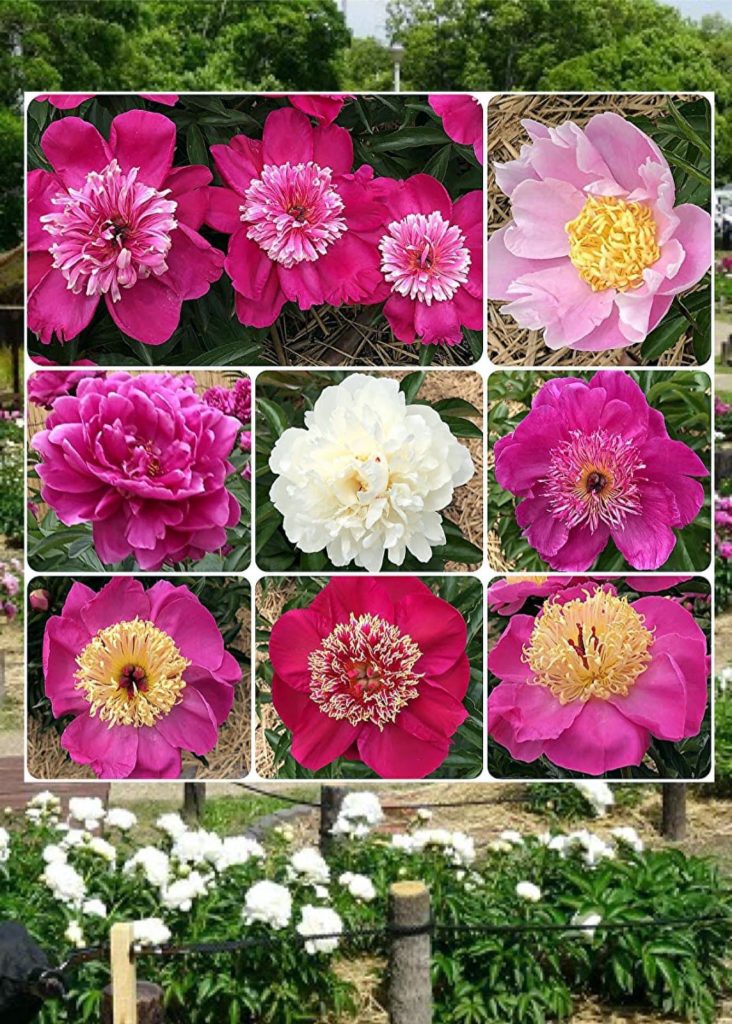
In Higashiosaka’s Yao City, there is a prominent peony garden in Osaka at the Kyuhouji Green Space. This year, it is open for about three weeks from April 28th (Sunday) to May 19th (Sunday). It is said that within the garden, approximately 1,600 peony plants of 55 varieties are in full bloom. When we think of peonies, the famous dodoitsu (a type of Japanese humorous song) goes: ‘Standing, a peony; sitting, a peony; walking, a lily.’ This well-known phrase is often interpreted as meaning a person who is attractive whether standing, sitting, or walking. However, among practitioners of traditional Chinese medicine and Oriental medicine, it is understood that this phrase originally referred to the usage of medicinal herbs for women’s health. This means that women who are easily irritated should use Shakuyaku root, sedentary women should use Botan root bark, and women who walk unsteadily should use Lily root. This interpretation is actually applied in practice. Shakuyaku are still considered a major medicinal herb in traditional Chinese medicine today. Shakuyaku roots are believed to have anti-inflammatory, analgesic, hemostatic, antispasmodic, and astringent effects, and they are included in many Chinese herbal medicines such as Kakkonto, Juzentaihoto, and Daikenchuto.
大阪の八尾市にある「久宝寺緑地」に大阪でも屈指のシャクヤク園があります。今年は4月28日(日)から5月19日(日)の約3週間開園しています。園内には55品種、およそ1600株のシャクヤクが咲き誇るそうです。シャクヤクと言えば、「立てば芍薬 座れば牡丹 歩く姿は百合の花」という有名な都々逸(どどいつ; 三味線に合わせて歌う七・七・七・五音でできた俗曲)がよく知られています。その意味は、『立っても、座っても、歩いても、姿が魅力的な美人の人』と一般には解釈されています。しかし、漢方や東洋医学関係者の間では、この文言は元々は婦人の生薬の使い方を示す漢方の処方方で、イラ立ちやすい女性には芍薬の根を、座りがちの女性には牡丹の根の皮を、フラフラ歩く女性には百合の根を用いると良いという意味だとし、実際にも応用されているそうです。シャクヤクは現在でも漢方で非常にメジャーな生薬のひとつとされています。根には消炎・鎮痛・止血・抗けいれん・収斂などの効果があるとされ、葛根湯や十全大補湯、大柴胡湯といった多くの漢方薬に配合されています。
